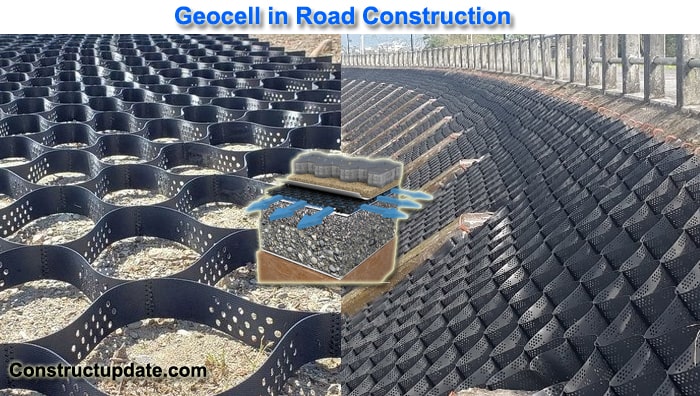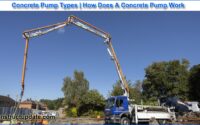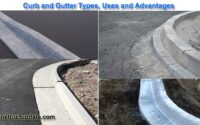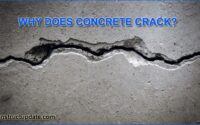What is Geocell | Types of Geocell | Uses, Pros and Cons
What is a Geocell?
Geocells are expanding three-dimensional panels constructed of high-density polyethylene (HDPE), polyester, or another polymer. The connecting strips are expanded during installation to produce the flexible, three-dimensional cellular structure walls into which infill materials such as sand, dirt, rock, and other materials are inserted and compacted. This produces a free-draining system that holds the infill materials in place and prevents movement by using tensile reinforcement to confine them. As a result, geocells help soils and aggregate infill materials perform better structurally and functionally.
When pressure is applied to the soil within a geocell, as in a load support application, the perimeter cell walls are subjected to lateral strains. While vertical loading on the contained infill causes considerable lateral stress and resistance at the cell-soil interface, the 3D zone of confinement reduces lateral movement of soil particles.
Geocells are used in construction for load support and earth retention, as well as erosion management, soil stabilisation, channel protection, and structural reinforcement. In the late 1970s and early 1980s, they were first developed. Geocells are geosynthetics produced from ultrasonically welded HDPE strips that are extended on-site to form a honeycomb-like structure before being filled. A geosynthetic is a synthetic material that is used to support the ground.

Different Types of Geocells
Geocells are available in a variety of sorts and specifications to address a variety of challenges with a variety of soil types.
Geocells are divided into two types: non-perforated and perforated. Perforated geocells contain regular holes in their walls that help to distribute stress and reduce distortion. They are made up of a number of strips that are arranged to form cells. The strength of the perforated strip and the weld determine the geocell’s integrity.
The geocell tensile strength and seam weld strength are determined using a tensile testing machine. The weld strength on the strip must be equal to or greater than the strip’s tensile strength.
The walls of non-perforated geocells are solid and smooth. A polymer sheet with a three-dimensional network structure and a rivet link or ultrasonic welding is typically used.
Advantages and Disadvantages of Geocells
The following are a few of the benefits of geocells. First, geosynthetics provide a quality control advantage over outside soil and rock construction because they are made in a controlled industrial environment. ISO 9000 accredited manufacturers are perfect for producing high-quality geocells.
Installation of geosynthetics is easier than thick soil layers such as sands, gravels, or clays, which require large earthmoving equipment.
Another benefit is that published standards, such as test techniques and specifications, are further advanced in organisations like ISO, ASTM, and GSI. Many publications now feature geocell design approaches, and institutions have geosynthetics courses or have integrated geosynthetics into standard geotechnical, geoenvironmental, and hydraulic engineering courses.
Geosynthetic designs are typically less expensive than natural soil designs, and they are considered more sustainable due to their smaller CO2 footprint.
Geocells do have a few drawbacks. First, adequate additives, such as antioxidants, ultraviolet screeners, and fillers, must be employed to ensure the long-term functioning of the specially formulated resin used to construct the geosynthetics.
For particular soil types or uncommon conditions, geotextiles, geonets, geopipes, or geocomposites clogging or bioclogging is a difficult design challenge. Loess soils, fine cohesionless silts, very turbid liquids, and farm runoff are examples of these types. When deploying geocells, they require specialist testing examinations.
Another disadvantage is that handling, storage, carrying, and installation must all be done with extreme caution and quality assurance.





